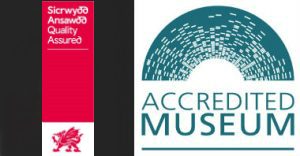For Black History Month, Swansea Museum will be looking back to WW2. A number of Americans were stationed in Swansea and the surrounding area. We will be considering three Black Americans who were in Swansea for just a short period but who would become historically significant.
Reverend Edward Gonzalez Carroll (1910 – 2000)
The Reverend Carroll was a graduate of Columbia University and the Yale School of Divinity.
Carrol was stationed in Swansea with the US Armed Forces in the build up to D Day. Carroll was a Chaplain to the 95th Engineer Regiment, a Black Regiment based in Swansea, part of the 5th Engineer Special Brigade whose headquarters was at Penllergaer. The Rev Carroll, was not called up, he volunteered, partly due to his concerns about discrimination in the US Army.
The US Army up until 1948 was segregated. The men of the 95th regiment were all Black with 52 officers all of whom were white apart from Captain Carroll. Prior to arriving in Britain, they helped build the Alaskan Highway 1600 miles long in difficult terrain. Despite being an officer, Captain Carroll was not allowed in the officers’ mess and therefore dined alone. Following complaints by some of the soldiers the rest of the officers were ordered to allow Captain Carroll to dine with them.
Segregation in the United States was widespread at the time with many bars, cafes, cinemas and hotels segregated into white and non-white. The US Army wanted the British Government to segregate US troops here so that some Black soldiers could only visit certain pubs and cafes but the government refused stating that all American soldiers were welcome in Britain.
The US Army were therefore left to work out their own arrangements for segregation. In some areas of England leave was rotated so that both white and black personnel would not be in local pubs at the same time. Despite attempts I have not been able to discover any segregation arrangements implemented by the US Army for Swansea.
Segregation in the United States finally ended following a long successful campaign by the Civil Rights Movement. This movement in the 1950/60s was led by Martin Luther King who was assassinated in 1968.
Martin Luther King took some inspiration from the independence movement in India led by Ghandi who advocated non-violent protest. It was the Rev Edward Carroll and another Black preacher Howard Thurman who first met Ghandi in India in 1935 to discuss the Civil Rights Movement in the USA, the trip being sponsored by the United States YMCA.
Howard Thurman would later become a Chaplain and professor of Spiritual Discipline and Resources at Boston University where Martin Luther King Jnr studied. Thurman become a friend of the family and he urged King to adopt nonviolent protest.
Following the war, Carroll presided over a few churches in New York before moving to Baltimore. He retained his connection with the YMCA becoming Associate Secretary of the National Student YMCA.
In 1972 he was elected a Bishop of the United Methodist Church and died in the year 2000.

